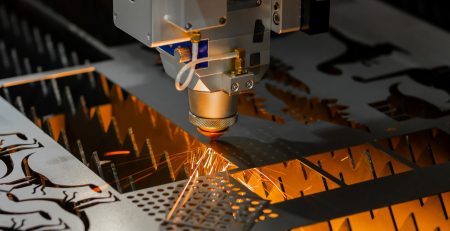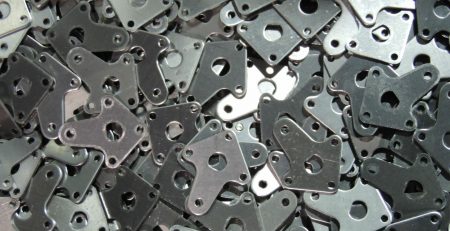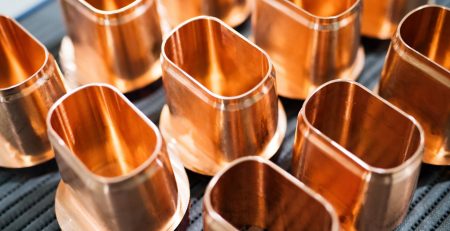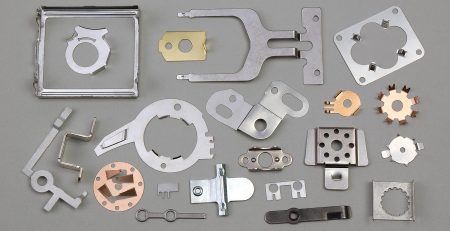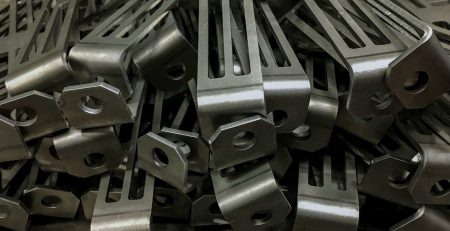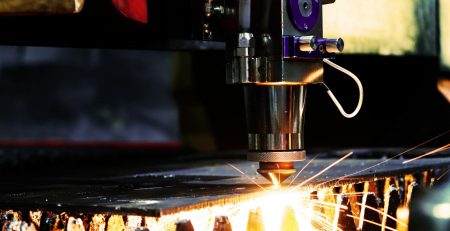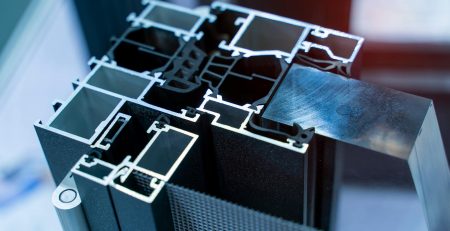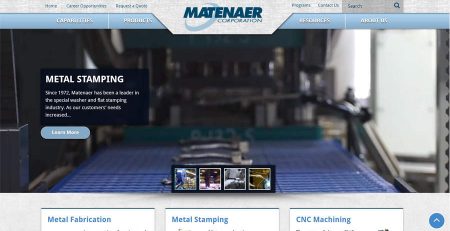Aluminum Metal stamping – Some concepts you should know
Metal stamping is the process where raw metal materials of flat metal sheets (usually known as metal blanks) are formed and cut to the desired shape and size of the final component. These components are then sent to different industries like pharmacy, automotive, aviation and more. The metal sheets get converted into the final product by going through several sophisticated techniques.
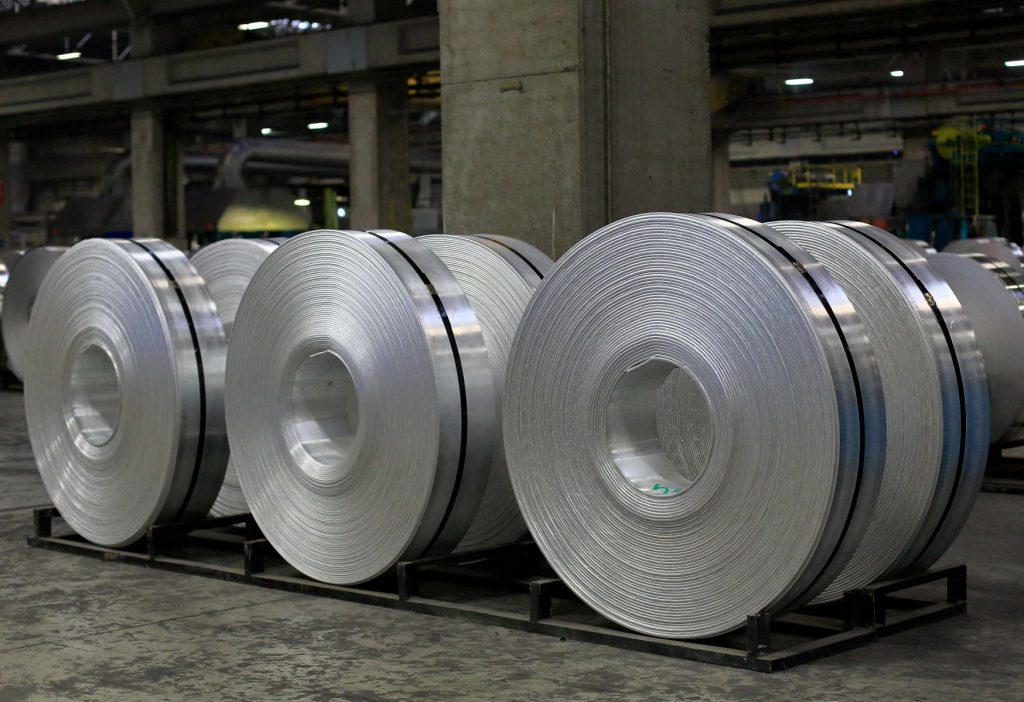
They are inserted in a metal stamping press, where one or many dies are used on the metal sheets as they keep moving to different stages in production. Extreme force is applied on these sheets during the different processes to get the perfect cut, holes, bend and curvature. Many metals are used for stamping purposes. Durability, cost-efficiency, corrosion resistance and strength are some factors that companies consider when choosing the metals for stamping.
Aluminum Stamping
Of all the non-ferrous metals, aluminum is the most preferred because it comes with excellent features like the following:
- It has good formability characteristics as it is a far softer alloy compared to other alloys.
- The strength-to-weight ratio of aluminum is higher than most other non-ferrous metals.
- It is extremely lightweight, which makes it easy to work with, and create customized metal components. This is why aluminum stamping blanks are used in many companies today.
- Aluminum’s characteristics can further be improved when introduced to oxidization. Its visual appeal, hardness and corrosion-resistance features can be improved considerably through oxidization.
- Its non-magnetic nature highlights its good conductivity towards heat and electricity.
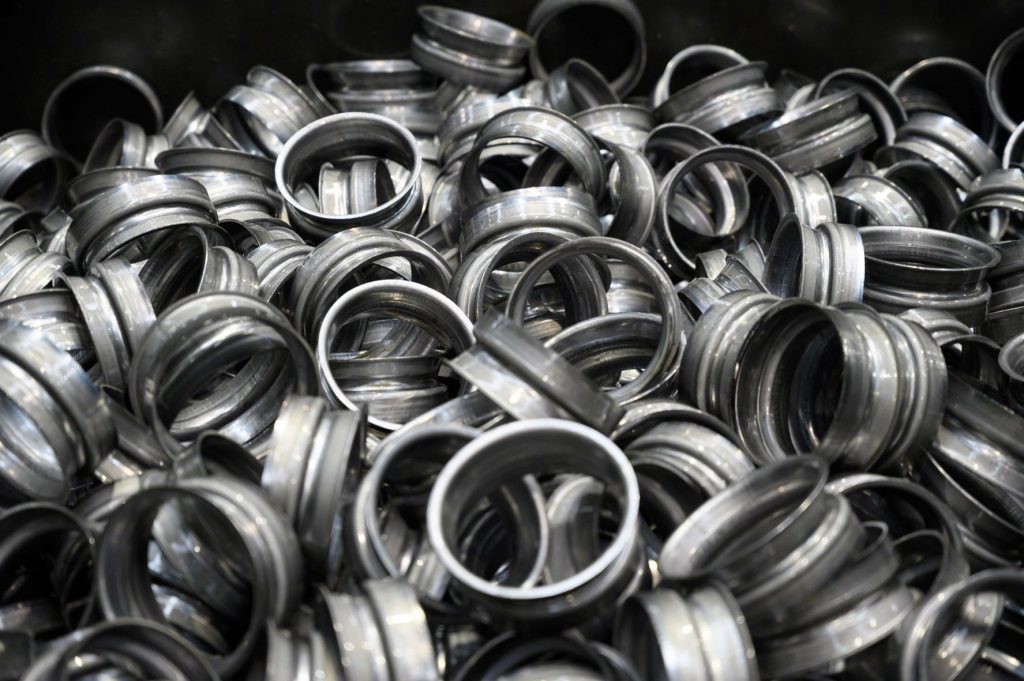
Stamped Aluminum Alloys
Usually, aluminum stamping industries mix pure grade of aluminum with other alloys to get the added benefits of the other metals, improve the overall looks and durability of the final product and ensure functionality of the product. The alloying components that are generally mixed with aluminum to improve the quality of the stamped aluminum products are copper, zinc, manganese, silicon, magnesium and iron.
In the aluminum stamping industry today, here are the most commonly used aluminum alloys for all stamping processes are:
- 1100
This type of alloy is usually used for forming operations as it has high malleability properties. It does not contain any mixture, and it is pure-grade aluminum. It is extremely resistant to deformities and breaks, which is why it works well when doing intricate and decorative designs on stamped aluminum blanks.
- 3003
This is stronger than 1100-grade aluminum, as it is a mixture of aluminum of manganese. This alloy is known for its high corrosion resistance and malleability properties. Hence, it is the best-suited alloy for making metal components in the chemical products, kitchen appliances and food processing industries.
- 5052
An alloy made of aluminum and magnesium, 5052 is known to be one of the strongest alloys used by aluminum stamping industries among all non-heat-treatable alloys. Some of the remarkable properties of this alloy are – excellent fatigue strength, high corrosion resistance, commendable malleability (or workability) and durable finishing looks. Thanks to these features, this alloy is used for stamping metals in heavy-duty industries like airplane parts, huge home appliances and other cooking instruments.
- 6061
This heat-treatable alloy is made up of 97.9% aluminum. The remaining part is made of different alloys like magnesium, silicon, copper and chromium. It is one of the most versatile alloys used on stamped aluminum blanks, as it comes with very high corrosion resistance, weldability and formability characteristics. It also has many beneficial physical, chemical and mechanical properties which makes it the best fit for making structural metal components like frames and bodies of big vehicles and appliances.
Brief overview of aluminum stamping processes
Aluminum stamping, like all other metal stamping processes, goes through a series of techniques to get the perfect shape and size of the final product, as desired by industries. Some of the basic techniques applied on stamped aluminum blanks are:
- Blanking – Here aluminum workpieces are used with a stamping press and die/dies to get aluminum stamping blanks to be used in other processes.
- Piercing – Here, the punches and dies help to perforate the blanks and create notches in them. Thanks to this process, clean and accurate cuts are formed on the blanks.
- Drawing – In this process, the blanks are cut and shaped into the desired shapes and thicknesses that one wants. This helps to make it suitable for making big and strong electronic components.
- Forming – This is an exhaustive term used to describe all the processes that are used to create shapes on stamped aluminum blanks.
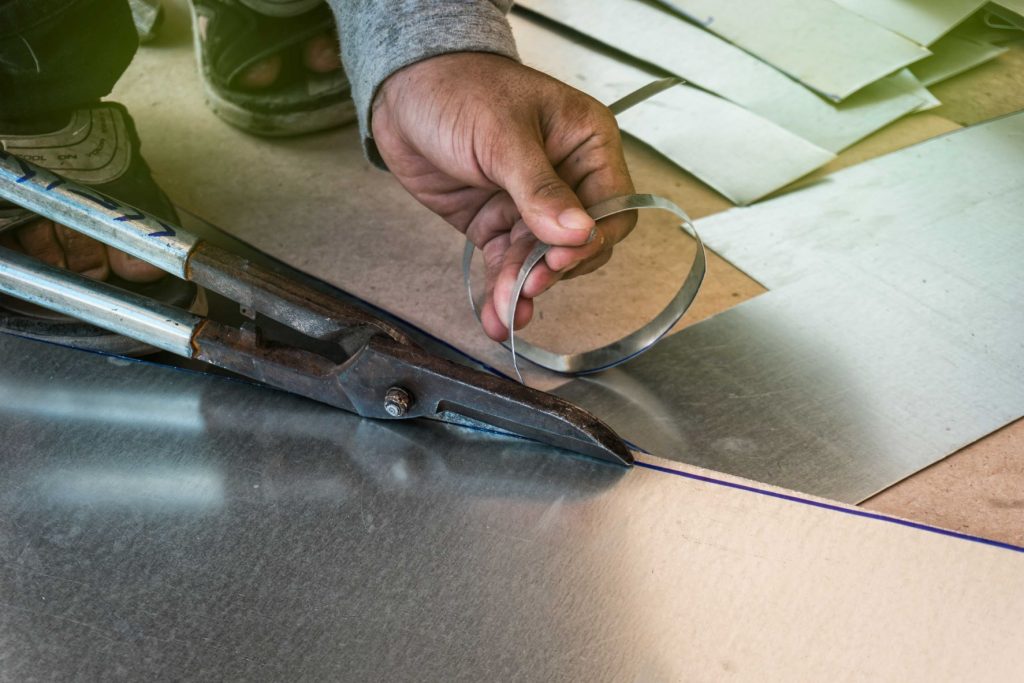
Commonly used dies for aluminum stamping
Regardless of the metal used in stamping industries (aluminum, stainless steel, carbon steel and more), they usually make use of five common dies to form and cut the blanks into desired shapes and sizes. These dies include:
- Progressive Dies
Here, the stamped aluminum blanks keep moving to one station after another after an operation is complete. One series of dies is used for one single operation. The blanks are cut out from the workpiece once the work is complete in the final station.
- Transfer Dies
The main difference between progressive and transfer dies is as follows. In transfer dies, the blanks required to be worked upon are first cut out from the workpiece before it is moved to different stations for different processes.
- Combination Dies
These dies are used to perform one operation or multiple operations in one stroke. They are used for both forming and cutting operations on aluminum blanks.
- Compound Dies
When every stroke of the press needs to produce more than one cutting operation, compound dies are used. These are very efficient and quick, which is why they are used for large-scale production projects.
- Multiple Dies
Used in parallel movement with each other, these multiple dies are used when every stroke of the press is expected to produce more than one component. This is one of the most cost-effective dies used in aluminum stamping industry, as it can produce multiple components in a single stroke.
An aluminum stamping company uses either one of these dies or a combination of some dies depending on the complexity and requirements of the projects.

